Market Share
Threat Intelligence Platform Market Share Analysis
The TIP market is further divided into end-user segments according to a range of industries, such as retail, manufacturing, healthcare, government, IT and telecommunications, banking, financial services, and insurance (BFSI), and retail. Since the BFSI sector is one of the most often attacked by cyberattacks, it is anticipated to represent the largest market segment. In comparison to developed nations like North America and Europe, developing regions like Asia Pacific and Latin America are predicted to have quicker growth in the TIP industry. This is a result of both the rising number of enterprises in these areas and the growing usage of digital technology. The market for Threat Intelligence Platforms (TIPs) is expanding and changing quickly, and several providers are providing a range of options. Vendors need to have a well-defined and successful market share positioning strategy in order to be successful in this industry.
Vendors can employ a variety of crucial market share positioning techniques to set themselves apart from rivals and obtain a competitive advantage. By concentrating on particular features, functions, or use cases, vendors may set themselves apart with their offerings. A vendor may, for instance, concentrate on offering a TIP that is especially made for small and medium-sized enterprises (SMBs) or one that is targeted at offering threat information for a particular sector of the economy, like healthcare or banking. Vendors might focus on certain market segments based on factors like industry, vertical, or size of firm. For instance, a vendor may concentrate on marketing their TIP to companies in the financial services sector or to businesses employing more than 500 people. Vendors can increase their reach and expertise by forming partnerships with other vendors or organizations. For instance, a vendor may collaborate with a cybersecurity advisory company to provide threat intelligence services, or with a SIEM provider to include TIP into SIEM offerings.
Vendors may increase the appeal of their products to various market segments by utilizing price and packaging techniques. A provider may, for instance, provide a tiered pricing structure depending on the quantity of data storage needed or the number of users. Vendors need to have a strong marketing and communications strategy to reach their target market and generate awareness of their solutions. This can include a variety of activities, such as content marketing, social media marketing, and public relations.
When creating their market share positioning plan, suppliers should take into account the following elements in addition to the primary methods mentioned above:
The environment of competition: Vendors must recognize possibilities to set themselves apart from the competition and be aware of the advantages and disadvantages of their rivals. The dynamic threat environment: Vendors must ensure that their products are current and capable of addressing the most recent attacks since the danger landscape is ever-evolving. It is vital for vendors to comprehend the requirements of their clientele and ensure that their offerings are tailored to fulfill those demands. Vendors may create a market share positioning plan that will help them thrive in the Threat Intelligence Platform market by carefully weighing these aspects.


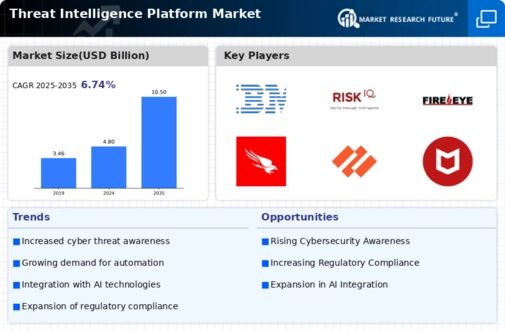

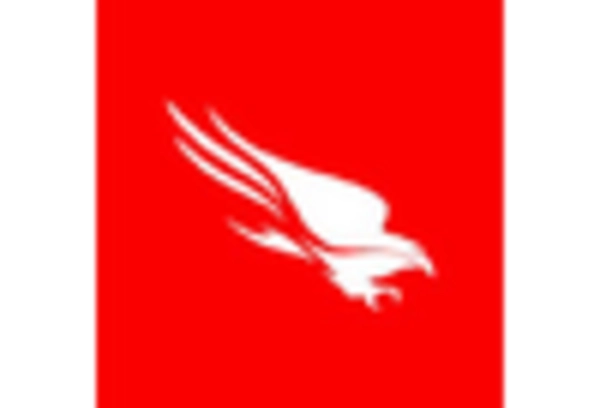
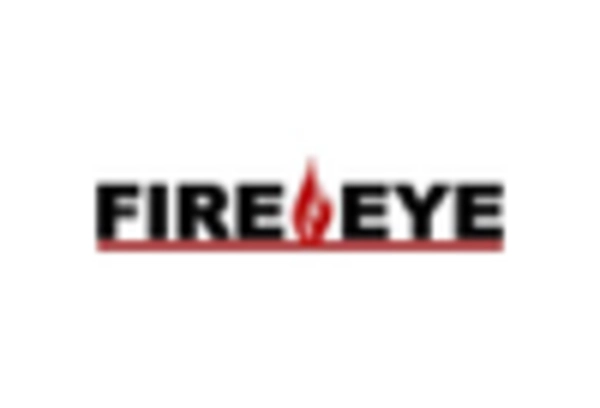

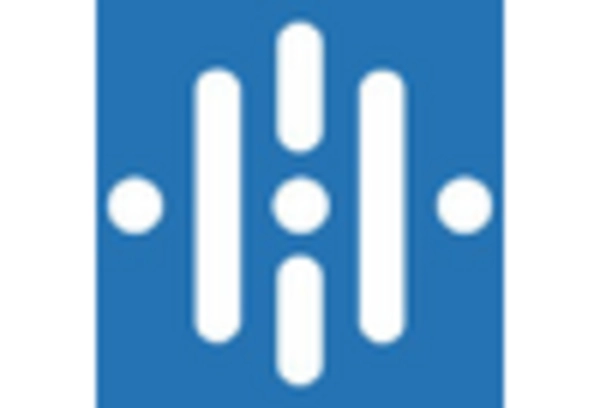
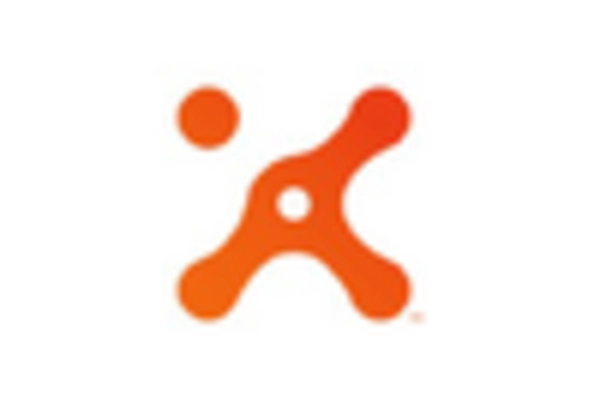









Leave a Comment